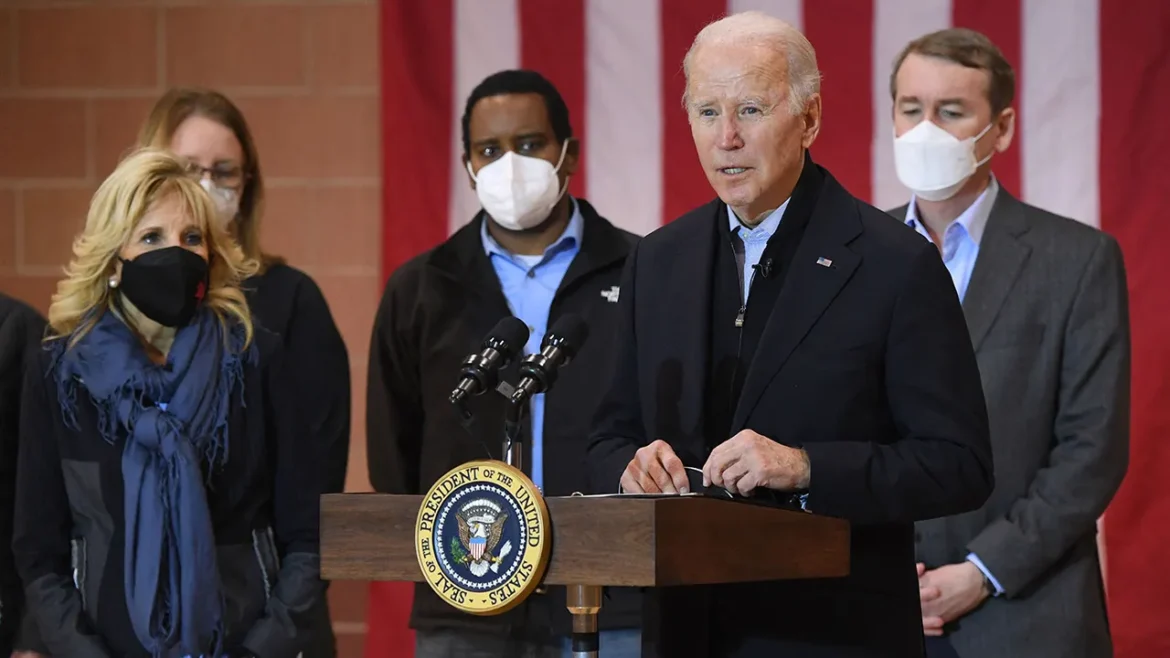The Biden administration has officially launched the Wildfire Readiness Directive for 2025, a sweeping new policy aimed at transforming how the United States, and its international partners, prepare for increasingly destructive wildfire seasons. The announcement comes as climate-fueled wildfires surge not only across the American West but also in Europe, South America, and Southeast Asia, underscoring the global scope of the crisis.
The directive marks a significant policy shift. It prioritizes early detection, community resilience, global collaboration, and climate adaptation strategies, reflecting the administration’s broader vision of climate as both a national security and humanitarian issue. As climate extremes reshape landscapes and economies, wildfire readiness has become a defining challenge of the era.
At the heart of the directive is a $6.2 billion investment to modernize wildfire response. Federal agencies are accelerating satellite-based surveillance and expanding firefighter training programs, while also extending technical support to vulnerable countries facing severe fire seasons.
U.S. officials emphasized that readiness begins long before a flame is lit. Interior Secretary Deb Haaland stated that the new directive signals a shift from reaction to prevention. She noted that the wildfire crisis is not just a domestic concern but a global emergency requiring shared solutions.
In addition to domestic upgrades, the directive encourages cross-border information sharing and positions the United States as a key player in global fire resilience. From California to Canada, from the Amazon basin to the Mediterranean, the policy aims to strengthen partnerships and prevent catastrophic loss.
Global climate forecasts suggest 2025 may become one of the most dangerous wildfire years in recent memory. Intensifying drought conditions, record heat, and strong winds are converging to create conditions ripe for megafires. Scientists from NOAA and NASA report that key fire-prone regions have already seen record-low moisture levels and above-average temperatures.
The situation is not confined to North America. Portugal, Argentina, and parts of Indonesia are reporting early fire outbreaks, hinting at a volatile global fire season. Dr. Mei Zhou of the World Meteorological Organization explained that climate systems are now so destabilized that wildfires can erupt in places once thought immune. She warned that unless mitigation strategies are scaled immediately, containment will become nearly impossible.
Reactions to the directive have been swift. International agencies, including the United Nations and the European Commission, have welcomed the policy as a model for climate-adaptive governance. The White House has invited climate ministers, first responders, and policy experts to the upcoming Global Wildfire Resilience Summit scheduled for September 2025 in Washington D.C.
The summit aims to lay the foundation for a permanent wildfire resilience framework under the UN climate adaptation roadmap. Talks are expected to include proposals for joint wildfire task forces, cross-continental training programs, and cloud-based emergency communication platforms.
White House Climate Advisor Gina McCarthy said the directive proves the U.S. is ready to lead, not only by funding domestic protection but by championing climate stability worldwide. She added that as wildfires become more severe and widespread, no nation can afford to treat this threat in isolation.
The Wildfire Readiness Directive 2025 is a blueprint for climate resilience in the age of compounding disasters. Beyond American forests and firefighting crews, the directive represents a growing consensus that firestorms are no longer isolated emergencies, they are systemic, climate-induced events that demand international attention.
For policymakers, environmentalists, and tech innovators around the world, the directive sets a precedent. It demonstrates the political will to move from reactive aid to proactive strategy, blending science, surveillance, and diplomacy to tackle one of the deadliest consequences of climate change.
As the directive unfolds, it will serve as a litmus test for how global leadership translates into real-world protection, not just of land and property, but of lives and futures.



